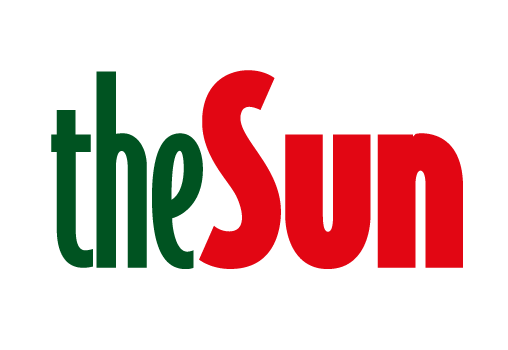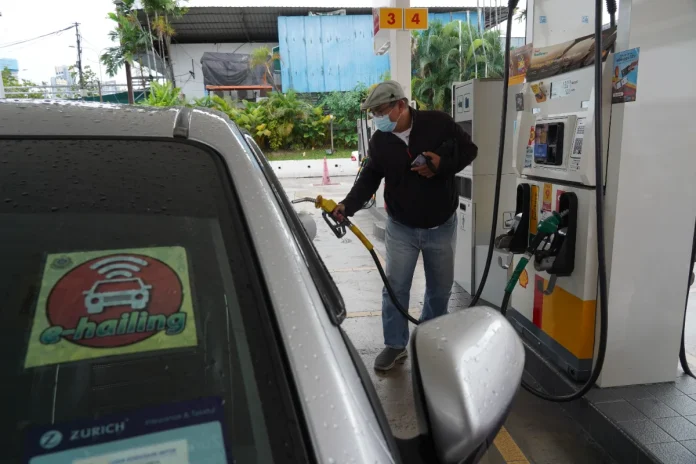Airport taxis would also be included among vehicles eligible for subsidy: PM
PETALING JAYA: The government has announced an enhanced Budi95 targeted fuel subsidy scheme, expanding benefits for e-hailing drivers and airport taxis nationwide as part of efforts to make the subsidy system fairer and more efficient.
Prime Minister Datuk Seri Anwar Ibrahim told parliament yesterday that the fuel quota for eligible e-hailing drivers would be raised from 600 litres to 800 litres per month, equivalent to about 5,000km of travel, following feedback that the current allocation was insufficient.
As of October, about 58,000 e-hailing drivers have benefitted from the Budi95 programme.
He added that airport taxis would also be included among vehicles eligible for subsidised RON95 petrol under the Controlled Subsidised Petrol Scheme.
“After one month of implementation, the Budi95 targeted subsidy has shown encouraging results, with 13.1 million Malaysians participating and RM2.6 billion channelled in subsidies.”
He noted that the average usage in October was 98 litres, just one-third of the 300-litre monthly limit, with only 0.7% of users exceeding their quota, showing that the system meets most citizens’ needs.
Eligibility has also been extended to riverboat operators and fishermen without driving licences, in collaboration with the Fisheries Development Authority and state governments in Sabah and Sarawak.
So far, 24,000 registered riverboat operators have been approved under the scheme.
Anwar said maintaining affordable petrol prices, rather than adopting the World Bank’s call for direct cash transfers, has made the system more transparent and accessible.
The government has achieved savings of around RM2.5 billion, excluding RM5 billion from diesel smuggling prevention, RM6 billion from electricity subsidy reforms and RM2 billion from chicken and egg price rationalisation.
To further improve the system’s reach, the Finance Ministry announced that a new tiered eligibility scheme for e-hailing drivers would take effect mid-month.
The monthly fuel subsidy ceiling would rise according to total travel distance recorded in e-hailing operator (EHO) systems from the previous month.
Drivers covering less than 2,000km a month would continue receiving the base allocation of 300 litres.
Those clocking between 2,000km and 5,000km would be entitled to 600 litres, while those exceeding 5,000km could claim up to 800 litres.
“For instance, a driver who records 1,500km under one e-hailing platform and 600km under another, totalling 2,100km, would qualify for an additional 300 litres under Budi95,” the ministry said in a statement.
The reduction of the initial eligibility threshold from 3,000km to 2,000km and the introduction of a new tier for high-mileage drivers take into account non-passenger trips that are often unrecorded in apps.
The Land Public Transport Agency and the Commercial Vehicle Licensing Board in Sabah and Sarawak will oversee data verification while EHOs must submit monthly travel records for cross-checking.
Meanwhile, airport taxi operators can apply for a fleet card under the Fleet Card Management System administered by the Domestic Trade and Cost of Living Ministry, allowing eligible taxis and rental cars to receive up to 800 litres of subsidised RON95 monthly.
However, airport limousines not regulated by the agency’s fare structure will not qualify.
In a written reply to Arau MP Datuk Seri Dr Shahidan Kasim, the Finance Ministry said the government is deliberately taking a phased approach to fuel subsidy rationalisation to avoid adverse effects on the public.
It said the gradual rollout allows time for coordination among agencies and oil companies, as well as for system testing at petrol stations nationwide.
It added that lessons from the successful Budi Madani Diesel programme had guided this phase, enabling a smoother transition while maintaining the subsidised RON95 price at RM1.99 per litre.
It said the government’s steady, targeted approach has helped keep inflation under control, with the rate easing from 2.5% in 2023 to 1.8% in 2024 and further down to 1.3% in the third quarter of this year.










